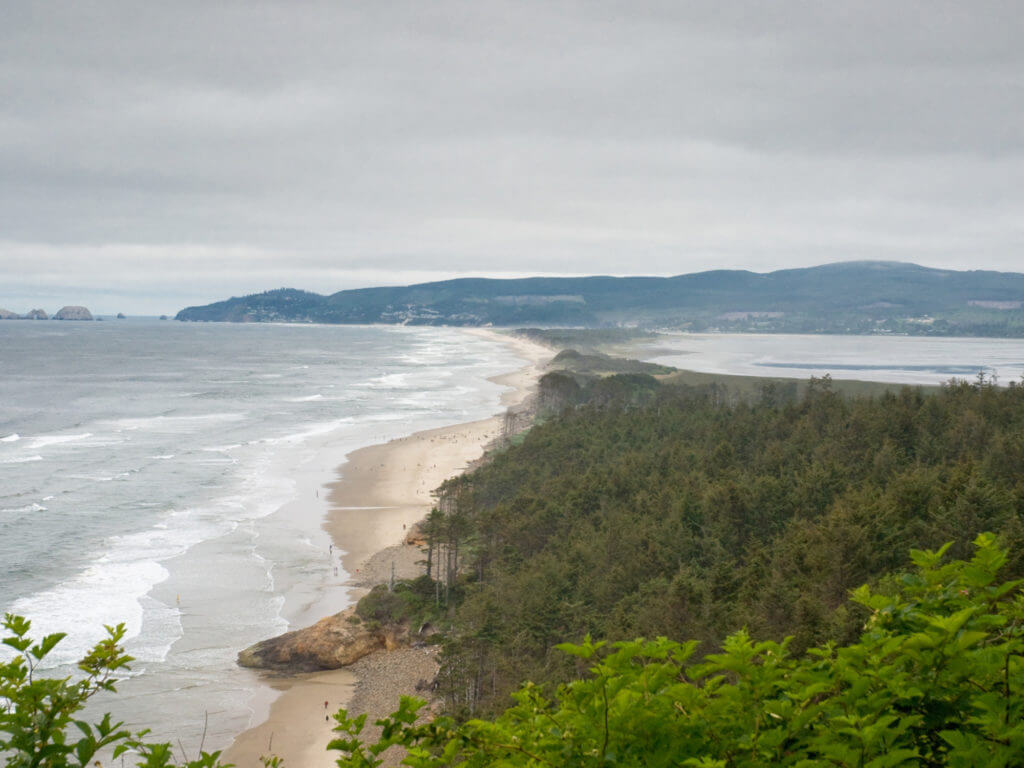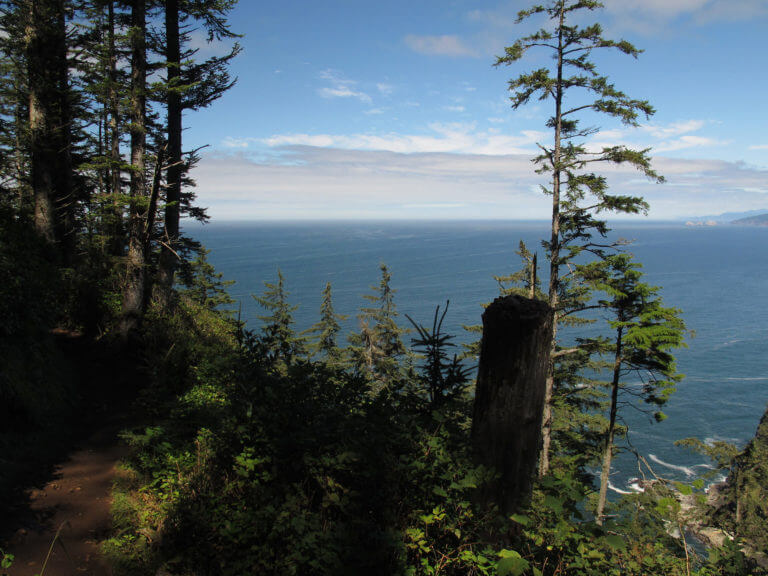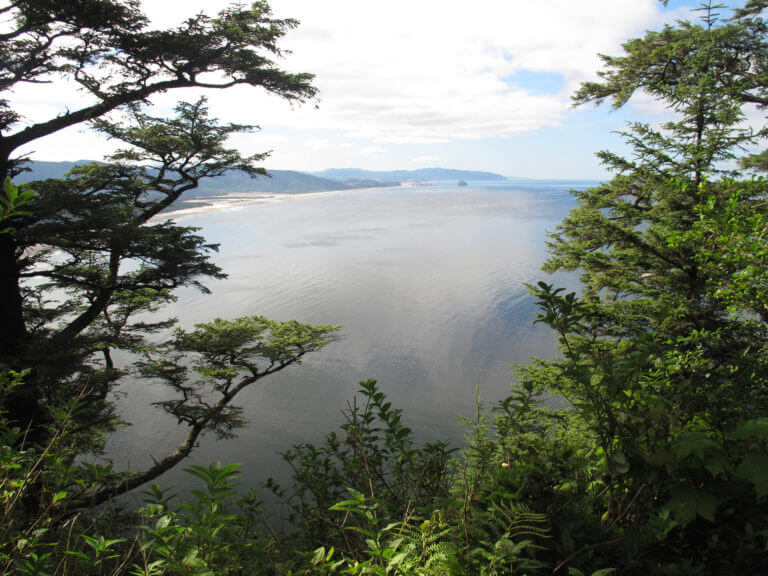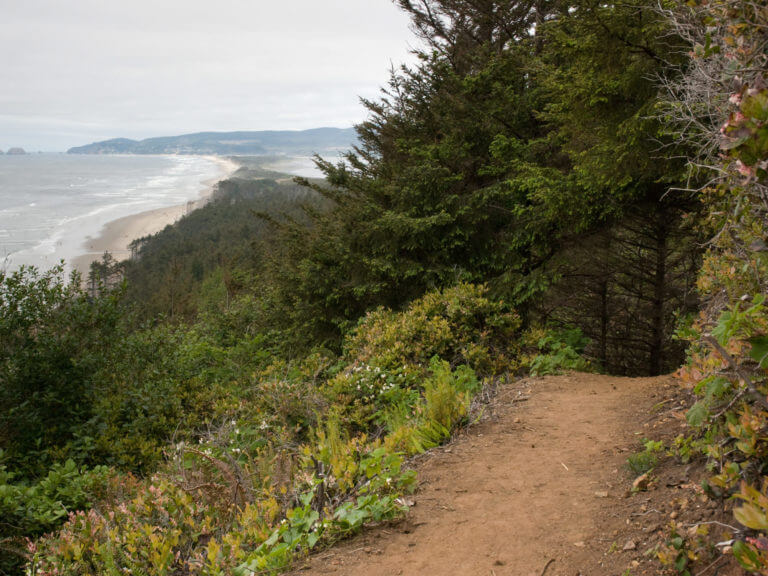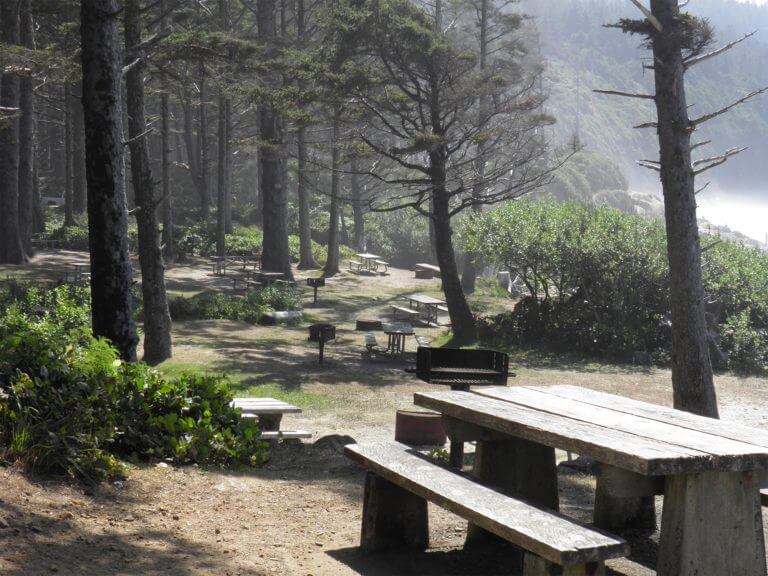Cape Lookout State Park: The Place to Beachcomb
Cape Lookout State Park has it all. You’ll find it just 12 miles southwest of Tillamook, the perfect hunting ground for sand dollars, starfish and glass floats. Keep an eye out for whales, sea lions, dolphins. Cape Lookout might also provide you the perfect spot for watching an amazing sunset. Lottery dollars help support Cape Lookout and its sisters in the Three Capes Scenic Route, Cape Kiwanda and Cape Meares.
Cape Lookout is a 1.5-mile-long peninsula formed from an ancient lava flow. This makes it what some have called, “the best spot on the coast for whale watching.” After all, when the grey whales migrate along the coast, they have to detour around the cape, giving visitors plenty of opportunities to spot them.
This park has plenty of picnic tables for the casual visitor, but there are also more than 8 miles of trails for those who are feeling more active. When the tides go down, it’s time to go beachcombing. While you’ll likely find crabs and shells, you may also spot starfish, sand dollars and glass floats.
And if you get a chance, stick around to watch the sun disappear into the ocean. The beautiful sunsets seen from Cape Lookout have been described as “meditative” and are the perfect end to your day at the park.
Things to Know Before Visiting
Cape Lookout offers hiking trails to suit tree-lovers and beachcombers alike. You can choose a shorter nature trail, complete with numbered markers (have your trail guide handy!), or something a little longer. Several trails take you through lush, coastal forest filled with Sitka spruce, ferns and more. Or you can walk along the 3-mile beach that runs from the Netarts sand spit to the base of Cape Lookout.
If you decide to walk along the beach, be sure to check the tide tables; parts of the beach disappear at high tide. Learn more about visiting Cape Lookout State Park.
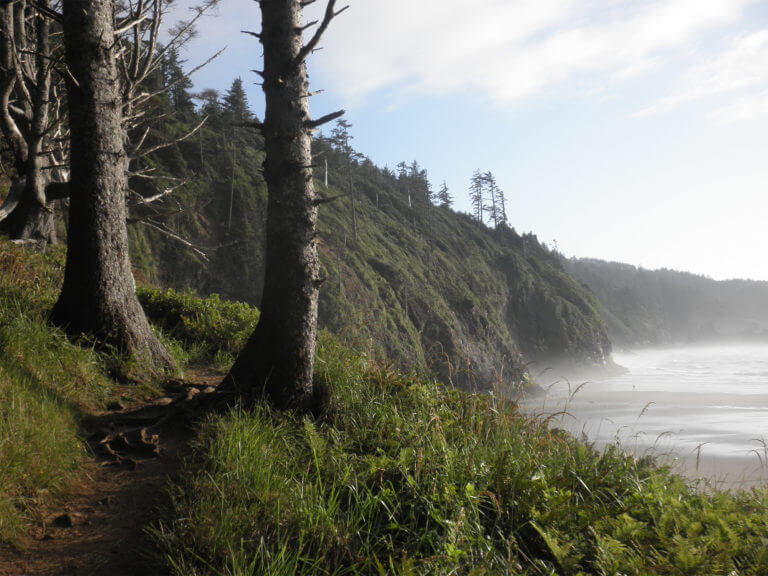
A Gift That Keeps On Giving
Cape Lookout State Park began with a gift of 975 acres from the U.S. Lighthouse Service. The park continued to grow until 1988.
Originally, this park was kept pristine as a nature preserve, though a picnic area and trail were soon added.
A campground began welcoming visitors in the 1950s. In the 1960s, a road was built from Netarts Bay to Sand Lake to make it easier for folks to get to the trail head.
Featured Projects
LOTTERY DOLLARS DOING GOOD THINGS IN YOUR COMMUNITY

Economic Growth

State Parks

Outdoor School
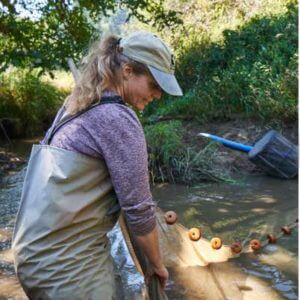
Natural Habitats

Public Schools

